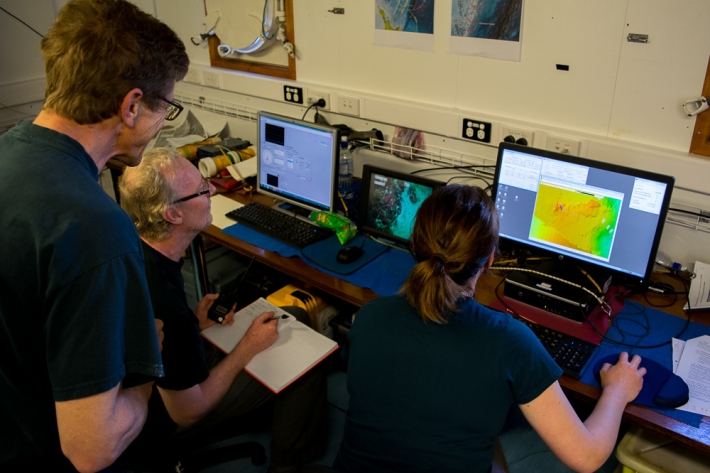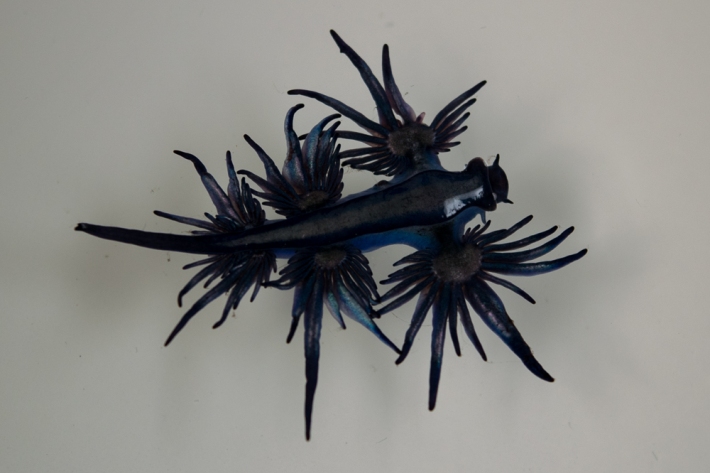-
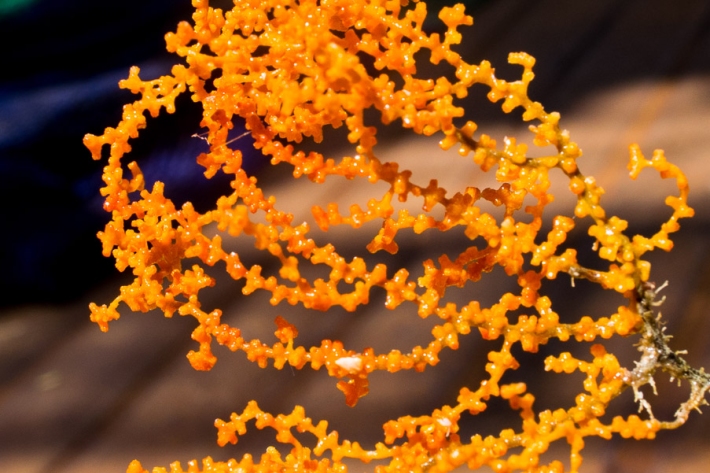
On the road again
We have reached the end of our sampling program up in the Kermadecs and we’re on our way home -
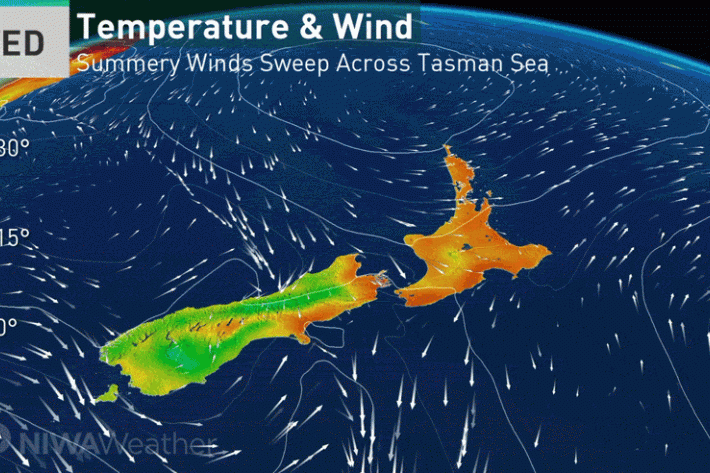
Welcome to jandal season: warmest days of the spring so far
News article07 November 2016Warm nor’westers, or foehn winds, are forecast for parts of the eastern South Island tomorrow and Wednesday, before spreading to the east of the North Island from Wednesday into Thursday. -
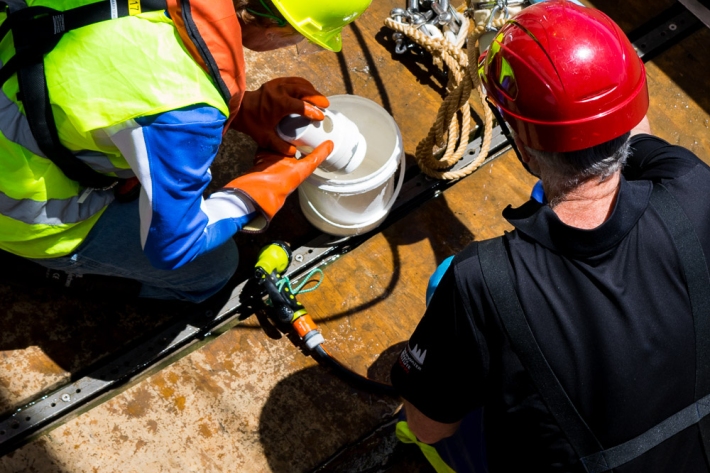
It’s a small world after all
For the last couple of days we have been sampling near L’Esperance Rock. -
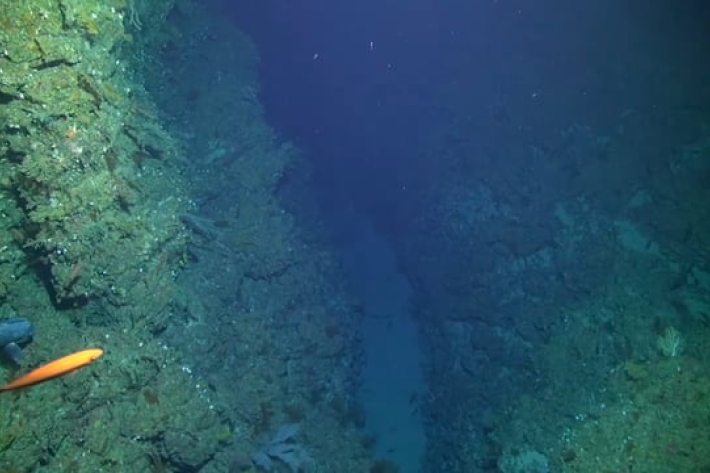
Deep Towed Imaging System - Kermadec Voyage 2016
The Kermadec Expedition team are currently trying to answer this question with the help of our DTIS tool (deepwater camera system), but it is not always smooth sailing at the bottom of the ocean... -

NIWA's Hotspot Watch for 3 Nov 2016
Hotspot04 November 2016This week's update describing soil moisture across the country to help assess whether severely to extremely dry conditions are occurring or imminent. -
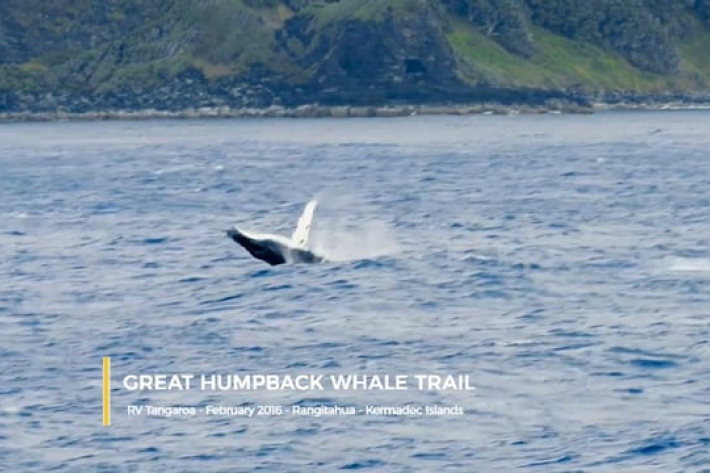
Great Humpback Whale Trail
Here is an insight into what Auckland University’s whale research team is up to in The Kermadecs. -
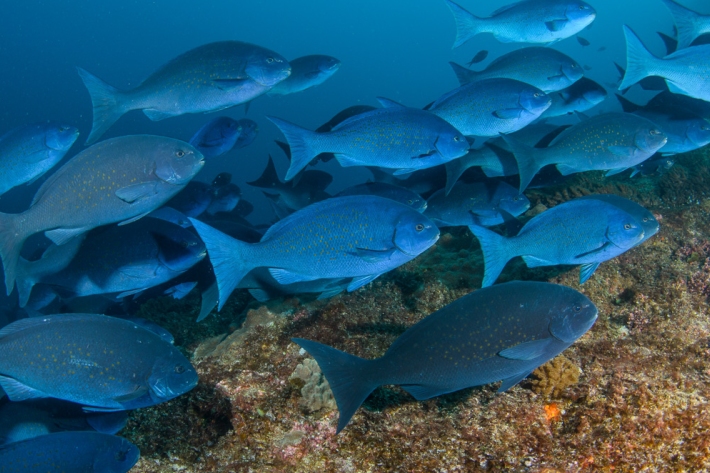
From shallows: moving from the familiar shores of Raoul Island to lesser known higher latitude Islands
Over the last few days the “dive team” have been recording corals, fishes, urchins and other invertebrates from the shallow waters (0-30m) surrounding Raoul Island to complement the biodiversity records from the deeper ocean collected by the other scientists onboard. -

NIWA's Hotspot Watch
Hotspot28 October 2016A weekly update describing soil moisture across the country to help assess whether severely to extremely dry conditions are occurring or imminent. -
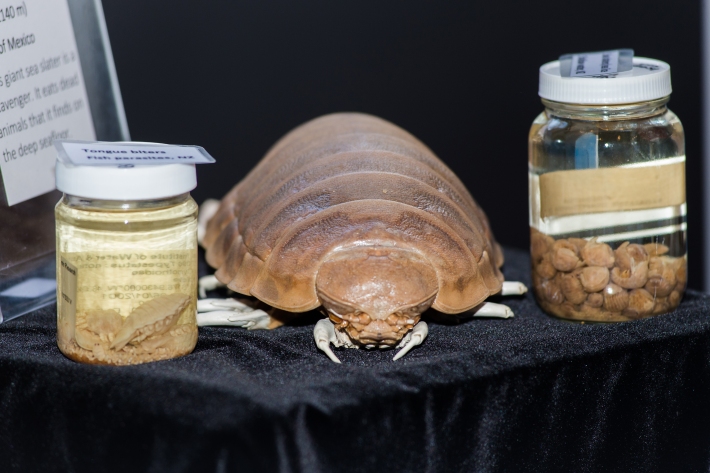
Critter of the Week – Bathynomous giganteus, the giant sea slater
The giant sea slater Bathynomus giganteus A. Milne Edwards, 1879 is an abundant isopod species of massive size from the family Cirolanidae. -
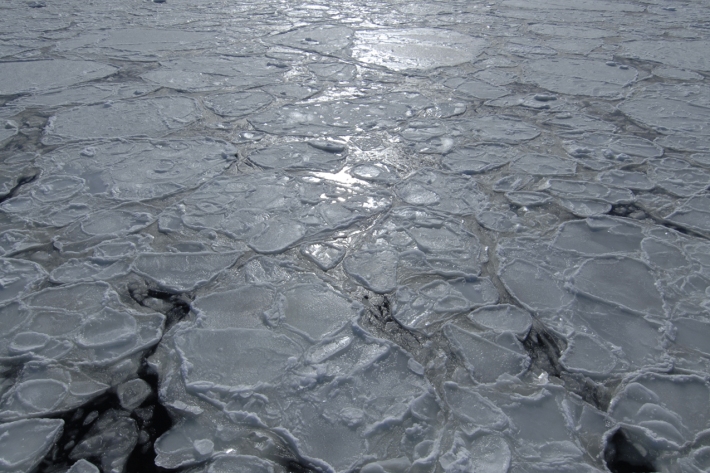
Tool time: NIWA scientist heads to the ice with a drill and a tape measure
Media release28 October 2016A tape measure and a drill will be pretty much all the tools a NIWA scientist needs when he heads to Antarctica next week.

